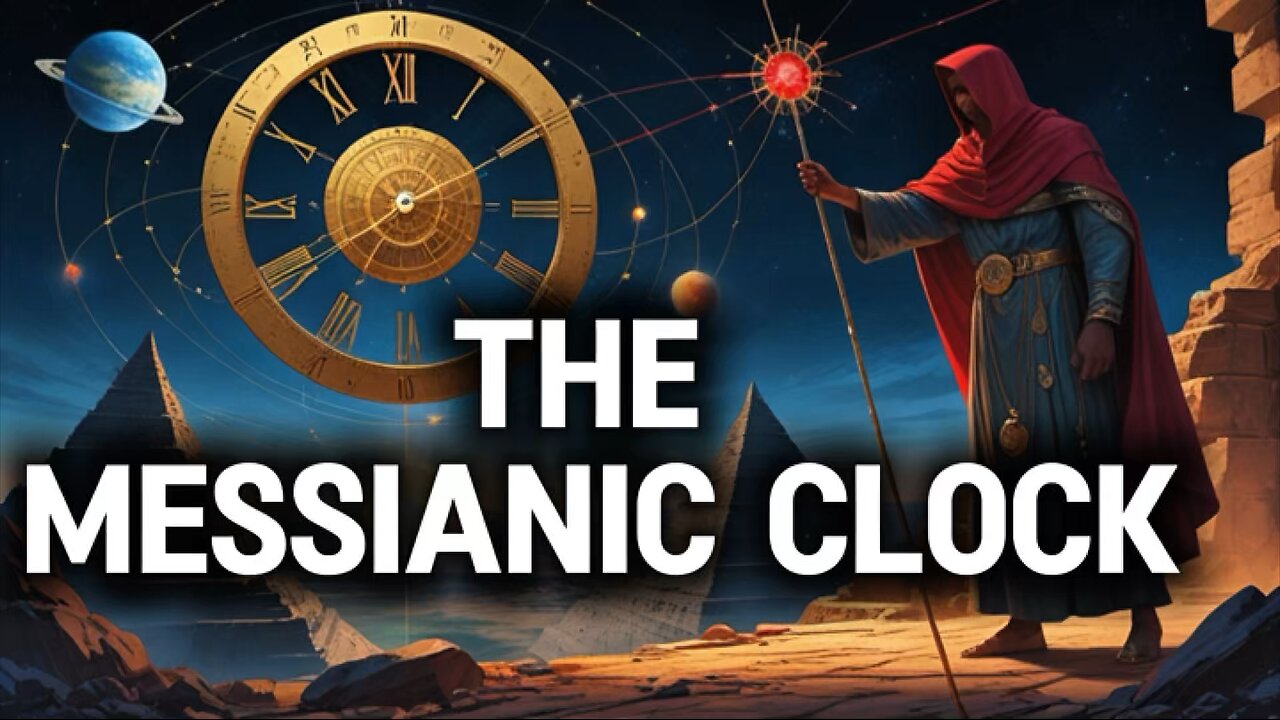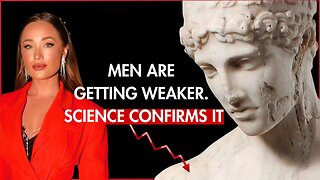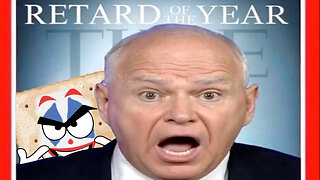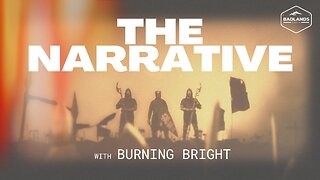Premium Only Content

The messianic clock
Long ago, humanity lived beneath the shadow of the heavens, forever watching the skies for signs of salvation—or destruction. The story begins around 2100 BCE, when great floods and divine interventions marked the first reckoning between gods and mortals. The Anunnaki, beings who had descended from the distant world of Nibiru, shaped the fate of humankind. Some, like Enki, offered creation and guidance, while others, like Enlil, ruled with wrath. Their rivalry and power struggles set the stage for kings and civilizations to rise, built on the idea that rulers carried the mandate of heaven.
Centuries later, another turning point arrived with the coming of Jesus, a time of rebellion, unrest, and messianic hope. In the chaos of empires and conflict, people once again looked for signs of deliverance. Prophecies, both ancient and new, painted the future as a cycle—an echo of past calamities returning with new faces.
Now, in the 21st century, humanity once more trembles with apocalyptic anxiety. Wars erupt, natural disasters strike, and voices call for salvation. The same patterns that haunted ancient peoples resurface in our own age, reminding us that history may be less a straight path than a great clock, ticking through cycles of destruction and rebirth.
At the heart of this story lies the tension between two measures of time: the earthly calendars of men and the celestial cycles of the gods. Understanding this difference, the text suggests, is key to grasping our destiny. For as kings once bridged heaven and earth, so too does humanity continue to search for meaning in the space between divine will and mortal struggle.
Thus, the “Messianic Clock” continues its steady ticking, reminding us that the past, present, and future are bound together in prophecy, power, and the eternal hope of salvation.
-
 1:22:35
1:22:35
Man in America
8 hours agoThe DISTURBING Truth About Child Protection Services w/ Ryan Matta
68.5K24 -
 14:16
14:16
Robbi On The Record
12 hours ago $6.60 earnedThe Collapse of Masculinity: What Happened to Men?
15.7K26 -
 2:32:07
2:32:07
Side Scrollers Podcast
6 hours agoSPECIAL OCCASSION: ADMITTING THE TRUTH...
101K3 -
 3:26:18
3:26:18
Barry Cunningham
7 hours agoLIVE FROM THE RED CARPET: President Trump Melania Trump, Sylvester Stallone, KISS And Others
57.5K9 -
 LIVE
LIVE
SpartakusLIVE
7 hours agoEarly ARC Stream for EXPEDITION Prep || WZ Buybacks LATER
399 watching -
 3:14:11
3:14:11
SavageJayGatsby
4 hours ago🎂 Birthday Variety Game Stream!
20K -
 2:17:03
2:17:03
TheSaltyCracker
5 hours agoMeme Warfare Goes Nuclear ReeEEStream 12-07-25
89.9K216 -
 1:29:32
1:29:32
Adam Does Movies
11 hours ago $1.06 earnedBest Action Movies! - Live
16.9K1 -
 3:01:37
3:01:37
Badlands Media
20 hours agoThe Narrative Ep. 49: The Trump Doctrine
49.5K23 -
 LIVE
LIVE
This is the Ray Gaming
3 hours ago $0.51 earnedThe Fire Rises | Rumble Premium Creator
117 watching